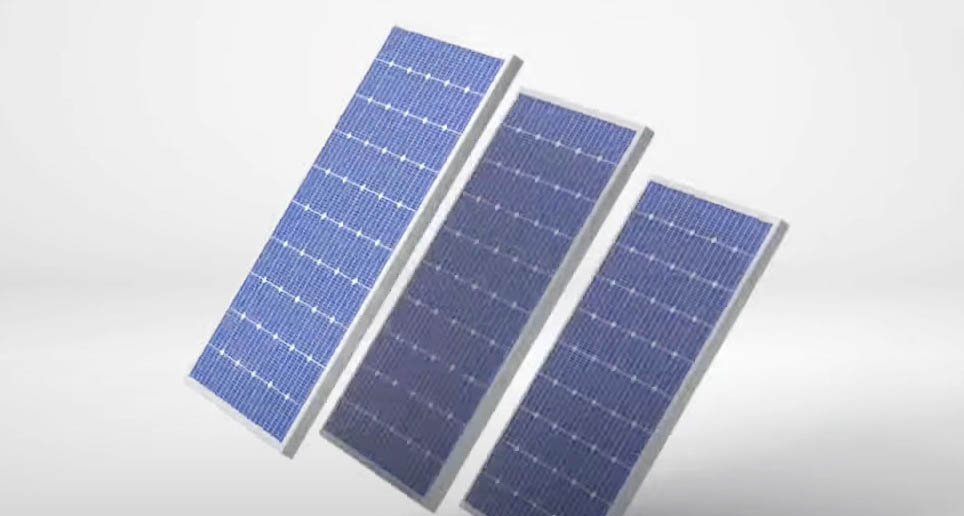Introduction
Japan is making significant strides in solar energy innovation, aiming to replace the output of 20 nuclear reactors by 2040. The country’s focus on renewable energy has led to groundbreaking advancements in solar panel technology, particularly in the development of perovskite solar cells. These lightweight, flexible, and highly efficient panels could redefine Japan’s energy future while reducing reliance on nuclear power and fossil fuels.
The Problem: Heavy Dependence on Nuclear Energy
For decades, nuclear energy has been a major part of Japan’s electricity supply. However, after the devastating 2011 Fukushima Daiichi disaster, public confidence in nuclear power plummeted. The incident displaced thousands of people, caused long-term environmental damage, and raised serious concerns about safety regulations. Today, nuclear energy contributes just 8.5% to Japan’s power grid, compared to over 25% before the disaster (AP News, 2024). With growing energy demands, the country must find reliable alternatives to secure its energy future.
The Agitation: Why Renewable Energy Has Struggled
Japan has long sought to expand its renewable energy sources, but several obstacles have slowed progress:
- Limited Land Space: The country’s mountainous terrain and dense urban areas make it difficult to build large-scale solar farms.
- High Costs of Traditional Solar Panels: Silicon-based panels are expensive to produce and install.
- Intermittent Solar Power Generation: Solar energy is not consistent 24/7, leading to challenges in reliability.
These challenges have made it difficult to fully transition away from fossil fuels and nuclear power, keeping Japan reliant on imported energy sources.
The Solution: Perovskite Solar Cells – A Game Changer
Perovskite solar cells (PSCs) could be the breakthrough Japan needs. These next-generation solar panels are lightweight, flexible, and highly efficient, making them ideal for urban environments where space is limited. Unlike bulky traditional panels, PSCs can be integrated into building materials, windows, and even vehicle surfaces, allowing for broader solar adoption across different sectors (Interesting Engineering, 2024).
Advantages of Perovskite Solar Cells
- High Efficiency: PSCs are reaching efficiency levels of over 25%, comparable to the best silicon-based panels.
- Lower Production Costs: They require fewer raw materials and less energy to manufacture, making them more affordable.
- Flexible Applications: Lightweight and bendable, they can be used on rooftops, walls, glass, and even wearable devices.
- Shorter Energy Payback Time: PSCs recover the energy spent in production much faster than silicon solar panels.

Comparison: Traditional Solar Panels vs. Perovskite Solar Cells
| Feature | Perovskite Solar Cells | Traditional Silicon Solar Cells |
| Efficiency | 25%+ | 20-22% |
| Manufacturing Cost | Lower | Higher |
| Flexibility | High | Rigid |
| Weight | Lightweight | Heavy |
| Durability | Improving | Proven Long-Term Stability |
| Scalability | High Potential | Established Market |
| Energy Payback Time | Shorter | Longer |
Japan’s Roadmap for 2040: Replacing 20 Nuclear Reactors
The Japanese government has set an ambitious target: generating 20 gigawatts (GW) of electricity using PSCs by 2040. This would replace the energy output of 20 nuclear reactors. To achieve this, Japan is:
- Investing Heavily in Research: Universities and private companies are working on improving PSC stability and longevity.
- Supporting Manufacturers: Government subsidies and incentives are being provided to companies adopting solar technologies.
- Implementing New Policies: Regulations are being updated to encourage faster adoption of renewable energy (Technology Inquirer, 2024).
Already, solar energy accounts for about 10% of Japan’s power supply, a dramatic increase from just 1.9% in 2014. Experts believe that by integrating PSCs, renewable energy could make up 50% of Japan’s total electricity by 2040 (AP News, 2024).
Challenges to Overcome
Despite the promise of perovskite solar cells, there are still hurdles to clear:
- Durability Issues: Perovskite cells degrade faster than silicon-based panels, though researchers are working on improving longevity.
- Scaling Up Production: Large-scale manufacturing must be optimized to meet growing demand.
- Public Awareness and Adoption: Consumers and businesses need incentives to transition to new solar technologies.
- Storage Solutions: Energy storage technology, such as advanced batteries, is required to ensure a stable power supply when sunlight is unavailable.
Key Takeaways
- Japan aims to generate 20 GW of electricity from perovskite solar cells by 2040, reducing reliance on nuclear energy.
- Perovskite solar cells are highly efficient, cost-effective, and versatile, making them a strong alternative to traditional solar panels.
- The government is actively supporting research and development to overcome current technical challenges.
- Renewable energy could power half of Japan’s electricity grid by 2040 if perovskite technology is successfully implemented.

Conclusion
Japan’s investment in perovskite solar technology could mark a turning point in its energy policy. If successful, this breakthrough will not only reduce reliance on nuclear power but also set a global precedent for renewable energy innovation. With continued research and development, perovskite solar cells could become a mainstream energy solution, helping Japan achieve its long-term sustainability goals.
References
- AP News, 2024.
- Interesting Engineering, 2024.
- Technology Inquirer, 2024.

